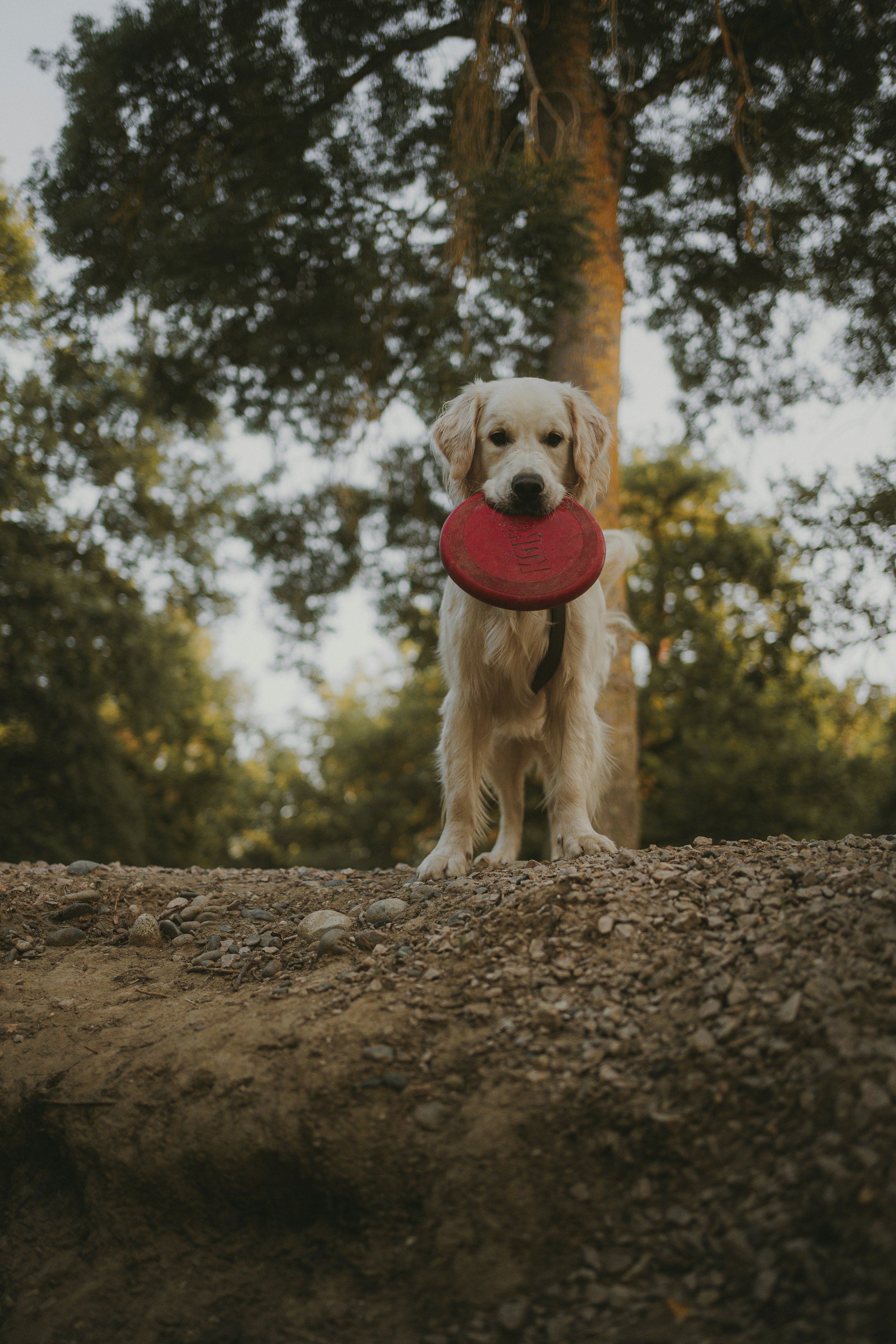
WHAT YOU WILL NEED
CLICKER
Do you need it? No, but it can speed up learning if used correctly. If you want to geek out on training, this is for you. If not, skip it.
TREAT POUCH
A treat pouch is a great way to make sure you have treats when you need them. Leave it next to your leash and you will be set!
LEASH
A good 4-6ft leash is a staple in dog training. Leather leashes are much gentler on the hands than most other materials.
TRAINING TREATS
Bil-Jac makes a variety of amazing treats (the dogs agree) and these are no different. Great for dogs that love peanut butter!
NOTE: All products have affiliate links, which means I earn a small commission on each item purchased from the links. I appreciate your support and wish you happy training!
OVERVIEW
This command tells your dog to drop whatever is in their mouth. If your dog has grabbed something harmful or potentially poisonous, you can tell them “drop,” but if your dog has already started the process of consuming something harmful you will be most likely to get the item out of their mouth by opening their jaw and reaching in with your hand. “Drop” is most suited to items that your dog can’t or won’t consume such as a toy or stick.
Phase 1: Teach the behavior
Start by having a little play session with your dog. Once they have found a toy that they pick up, take out a treat and place it on their nose to encourage them to let go of the toy. Once they let go of the toy, click and give them the treat you had on their nose. As soon as your dog has finished eating the treat, let them reengage with the toy immediately by throwing it or playing tug. This will teach them that giving you the toy doesn’t mean the fun stops.
If your puppy has grabbed onto the toy, but won’t let go when you put a treat on their nose, it may be helpful to make the toy less engaging. You can do this by holding the against your leg to help keep the toy steady. This will stop you from getting into a tug of war over the item. While you are holding the toy against your leg with one hand, put the treat on their nose with the other and wait. Depending on your puppy you may be waiting for some time. If you are consistent with this, eventually your puppy will realize that once you put the toy against your leg, the play session is about to get very boring. As soon as they release the toy, click and treat (with so many items in your hand you may not be able to manage the clicker in this instance. If that it the case, just give your dog the treat and praise). If your puppy has a hard time giving items up, try an extra tasty treat like hotdog or cheese.
Phase 2: Teach the verbal cue
Once your dog has begun consistently and quickly dropping the toy for the treat, you can start intruding the verbal cue. First say “drop” and then put the treat on their nose. When they drop the toy, click and treat. Practice this over several sessions. When they are responding consistently without you needing to put the treat on their nose, you can begin to selectively reinforce.
Phase 3: Selective reinforcement
Once your dog is consistent with giving up the toy for a treat, you can fade out the use of the treat. This is a command that you can likely move to completely getting away from food because there is another built in reinforcer, which is you doing something with the toy once they have given it up. This means be careful at what point in your play session you are asking your dog to drop. If you only ask your dog to drop at the end of the session when you want to put their special toy away, you will likely lose responsiveness very quickly. Conversely, if you ask for “drop” many times throughout the playtime and each time you are quick to then either play tug or throw the toy, you will likely strengthen the behavior.




